
What Factors are Driving the Expansion of the Artificial Turf Market?
The global artificial turf market is experiencing significant growth, propelled by increasing demand for low-maintenance and water-efficient landscaping and sporting surfaces. Starting from a valuation of USD 3,751.8 million in 2024, the market is projected to reach a substantial USD 5,765.8 million by 2033. This robust growth is expected at a compound annual growth rate (CAGR) of 4.9% during 2025-2033. This upward trend is fueled by the rising popularity of sports, supportive government initiatives promoting green infrastructure, and technological advancements enhancing turf quality and durability.
Study Assumption Years:
Base Year: 2024
Historical Year: 2019-2024
Forecast Year: 2025-2033
Artificial Turf Market Key Takeaways:
The artificial turf market is experiencing strong growth globally, driven by the increasing demand for sustainable and low-maintenance surfacing solutions in various applications.
North America currently dominates the market, holding the largest share due to significant investments in sports infrastructure and a growing preference for water-saving landscaping.
Key market segments include nylon, polyethylene, and polypropylene turf, catering to diverse performance requirements and budgetary considerations.
The rising adoption in residential and commercial landscaping and the increasing use in sports fields and playgrounds are significant trends shaping the market.
The global artificial turf market is estimated to be valued at USD 3,751.8 million in 2024 and is projected to reach USD 5,765.8 million by 2033, growing at a CAGR of 4.9% during the forecast period (2025-2033).
Increasing focus on water conservation and the durability and all-weather usability of artificial turf are further propelling market expansion.
Leading manufacturers are focusing on innovation and product development to improve turf performance, sustainability, and aesthetic appeal.
What are the Primary Drivers Fueling the Growth of the Artificial Turf Market?
Increasing Demand for Low-Maintenance and Water-Efficient Surfaces
The demand for surfaces that need less care and conserve water is boosting the artificial turf market. Real grass takes a lot of resources. You need water, fertilizers, pesticides, and time for mowing. Artificial turf provides a budget-friendly and eco-conscious option that’s easy to look after, cutting back on water use and chemicals. This attraction is especially strong in places with water shortages or high labor costs, helping artificial turf gain traction in homes and businesses.
Rising Popularity of Sports and Need for All-Weather Fields
Sports are becoming more popular around the world. This drives the quest for fields that are usable in any weather. Artificial turf offers a reliable and tough surface that can handle heavy play and different weather. Natural grass can get muddy or get damaged. Thus, artificial turf is great for sports arenas, training spots, and community fields. It ensures a playable field every season. Increasing funding for sports facilities adds to the need for dependable turf.
Supportive Government Initiatives and Focus on Green Infrastructure
Government backing for eco-friendly infrastructure is helping the artificial turf market grow. In many areas, governments are providing perks and enforcing rules that foster water-saving landscaping, including artificial turf. Plus, when governments invest in public parks and recreation spots, they often choose to install artificial turf for low-effort green areas. These supportive policies create a good environment for artificial turf, boosting its use in public works.
Market Segmentation:
The global artificial turf market can be segmented by:
Raw Material:
Nylon: Known for its durability and resilience, often used in high-traffic areas and sports fields that require a firm surface.
Polyethylene (PE): Offers a softer texture and is commonly used in landscaping and residential applications, providing a more natural look and feel.
Polypropylene (PP): A cost-effective option used in various applications, including putting greens and low-traffic areas.
Infill Material:
Petroleum-Based Infill: Includes crumb rubber and other materials derived from petroleum, commonly used in sports fields to provide cushioning and stability.
Sand Infill: Often used as a base layer and for stability in artificial turf installations, particularly in landscaping applications.
Other Infill Materials: Includes alternative infill options such as organic materials, coated sand, and thermoplastic elastomers (TPE), offering different performance characteristics and environmental benefits.
Application:
Sports: A major application segment, including football fields, soccer fields, tennis courts, and golf courses, where artificial turf provides a durable and consistent playing surface.
Leisure and Landscaping: Used in residential gardens, commercial properties, parks, and public spaces for aesthetic appeal and low maintenance.
Construction: Applied in various construction projects, such as rooftops, balconies, and urban green spaces.
Others: Includes applications in playgrounds, pet areas, and indoor facilities.
Region:
North America (United States, Canada)
Asia Pacific (China, Japan, India, South Korea, Australia, Indonesia, Others)
Europe (Germany, France, United Kingdom, Italy, Spain, Russia, Others)
Latin America (Brazil, Mexico, Others)
Middle East and Africa
Which Region Currently Leads the Artificial Turf Market?
Europe is the top player in the artificial turf market now, owning the biggest share. This comes from large investments in sports facilities, especially in the U.S., along with a rising need for water-saving landscapes in dry areas. The high use of artificial turf in sports at all levels, along with its growing presence in residential and commercial settings, strengthens Europe’s dominant position. Strict water use rules also greatly raise the need for artificial turf here.
What are the Recent Trends and Developments in the Artificial Turf Market?
The artificial turf market is all about new ideas aimed at boosting performance, sustainability, and safety. One clear trend is the creation of fancy infill materials with better shock absorption, cooling features, and less impact on the environment than old crumb rubber. There’s also an increased emphasis on making artificial turf systems that drain better, allowing for optimal play in varying weather. Manufacturers are also delivering customizable turf designed for specific sports or styles, showing how the market reacts to diverse customer needs.
Who are the Key Companies Shaping the Artificial Turf Market?
Act Global, CoCreation Grass Co. Ltd, Condor Group, Dow Inc., ForestGrass Co. Ltd., Global Syn-Turf Inc., Polytan GmbH, Shaw Industries Group Inc. (Berkshire Hathaway Company), SIS Group Ltd., SpectraTurf Inc. (Ecore International Inc.), Sport Group Holding GmbH, Tarkett S.A., Koninklijke TenCate B.V., etc.
If you require any specific information that is not currently covered within the scope of the report, we will provide the same as a part of the customization.
About Us:
IMARC Group is a global management consulting firm that helps the world’s most changemakers to create a lasting impact. The company provides a comprehensive suite of market entry and expansion services. IMARC offerings include thorough market assessment, considerations studies, company incorporation assistance, factory setup support, regulatory approvals and licensing navigation, branding, marketing and sales strategies, competitive landscape and benchmarking analyses, pricing and cost research, and procurement research.
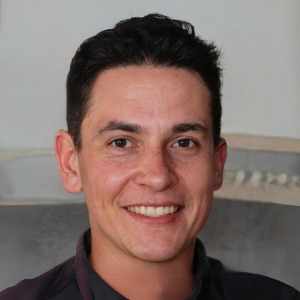

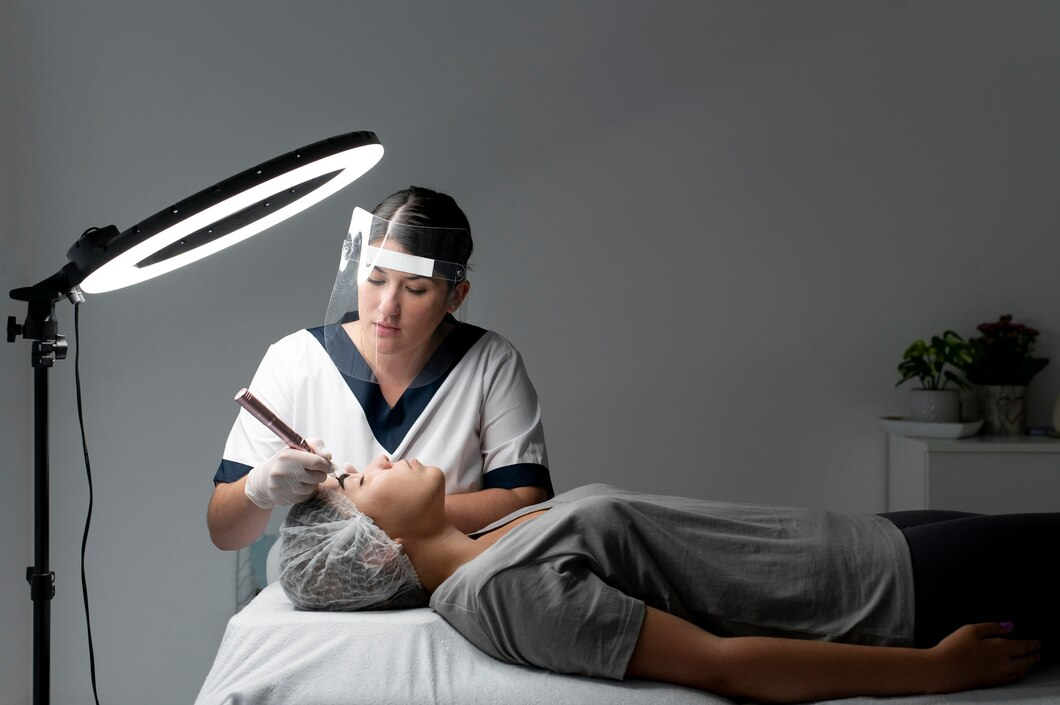
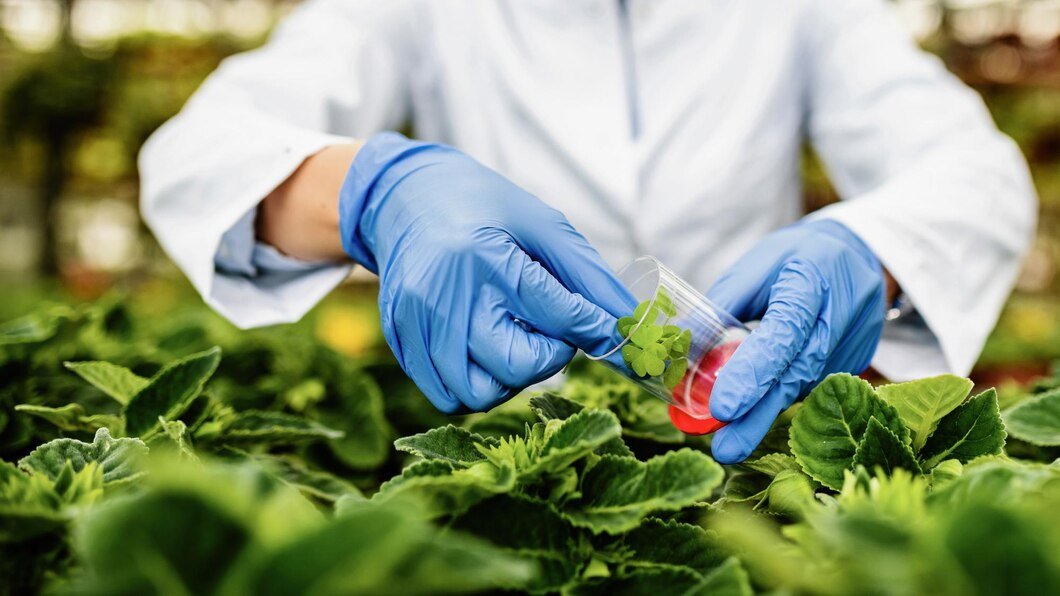



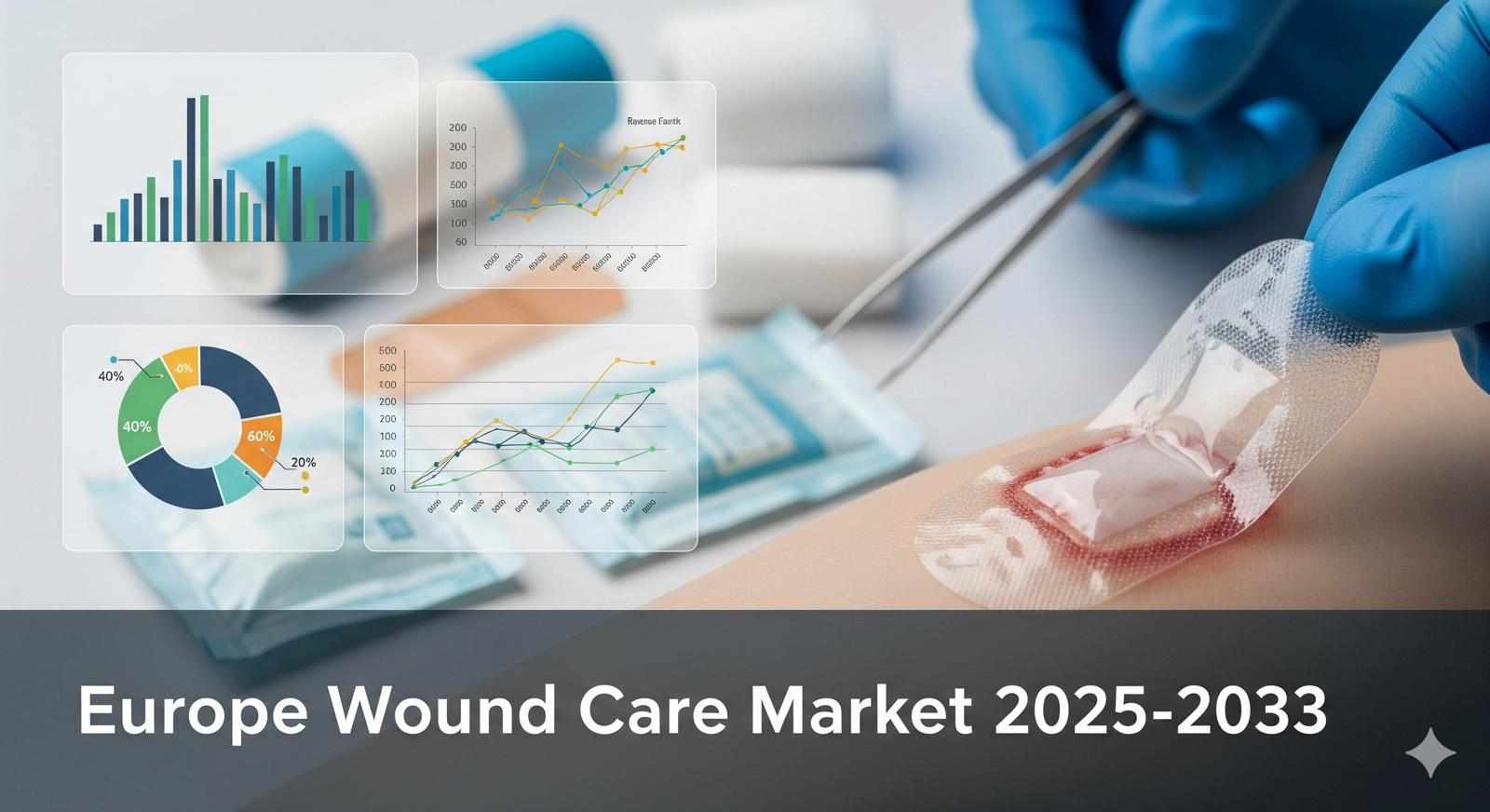


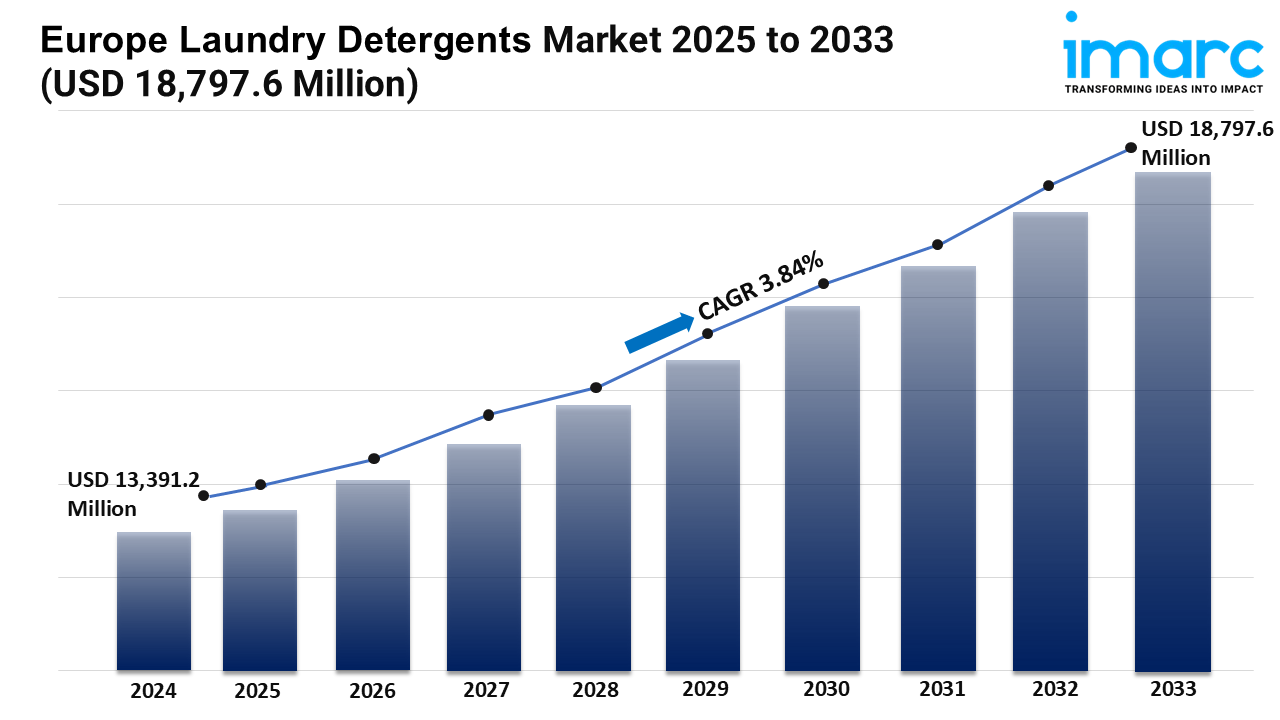
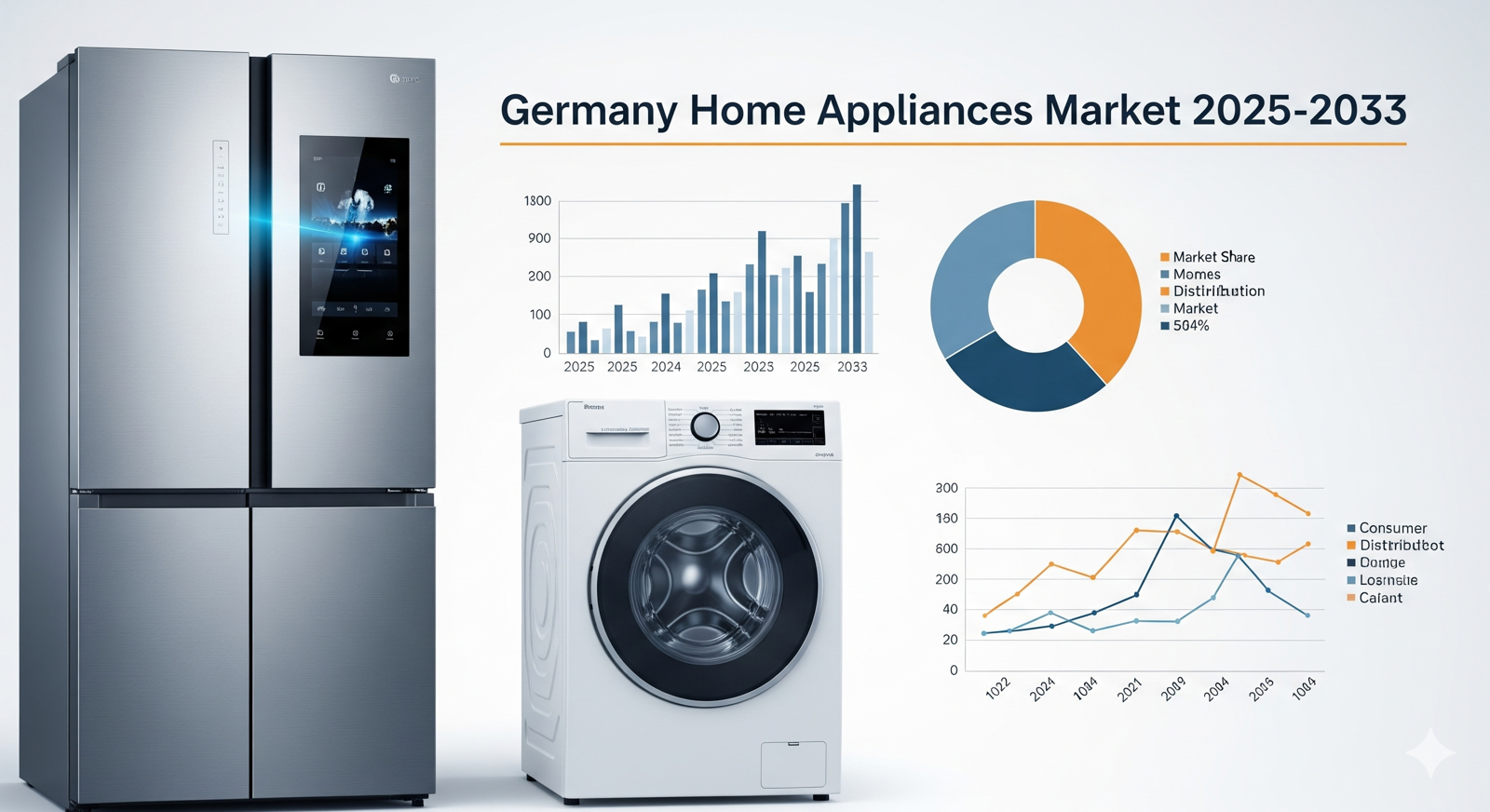

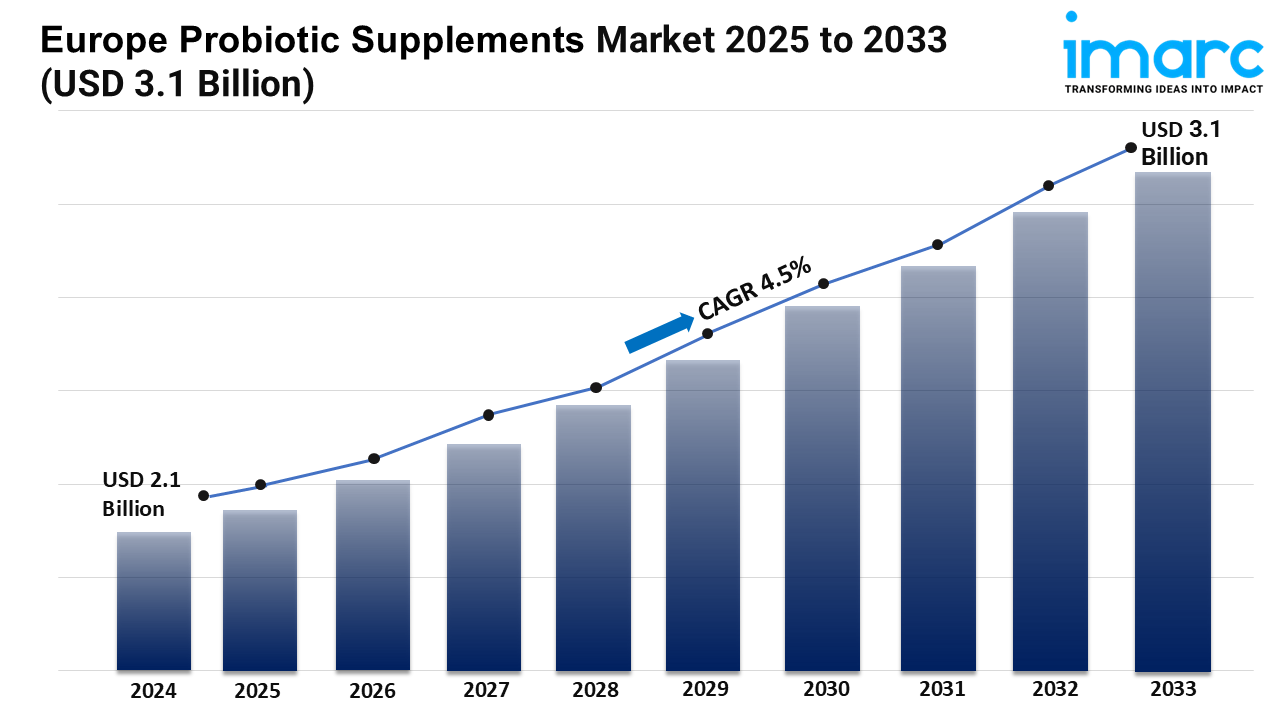
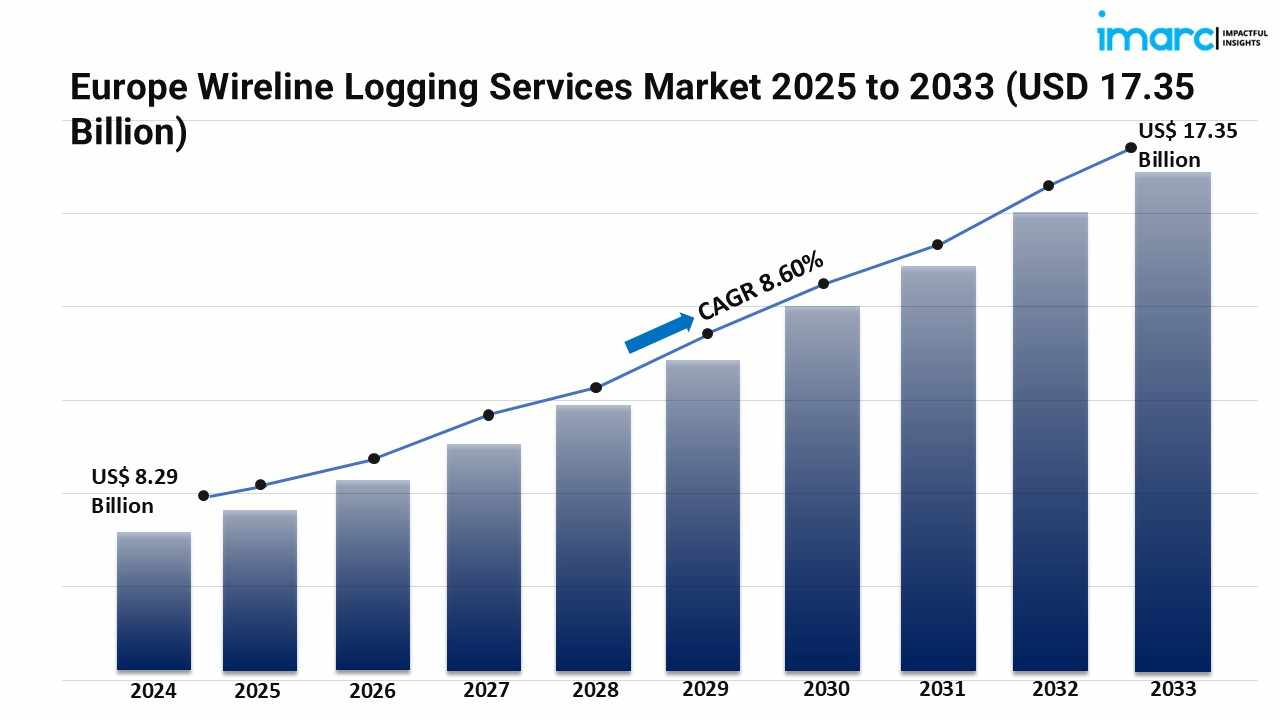






Write a comment ...